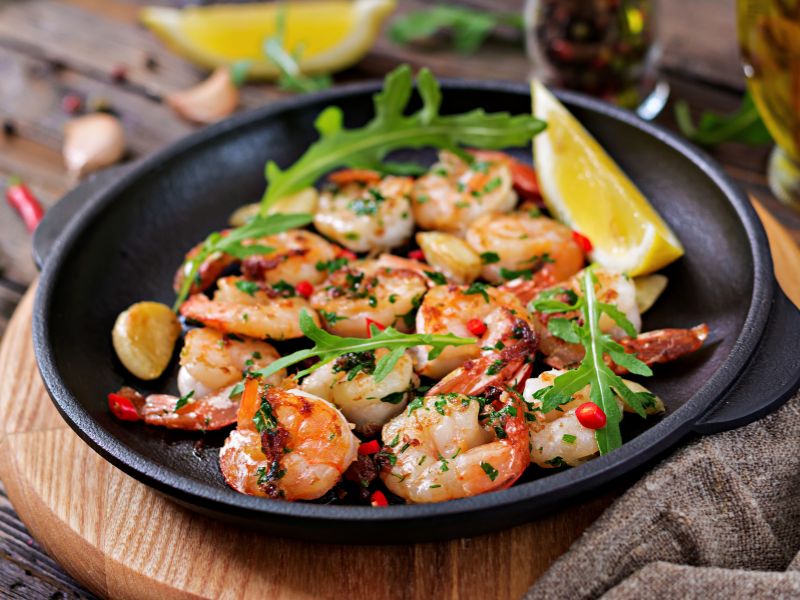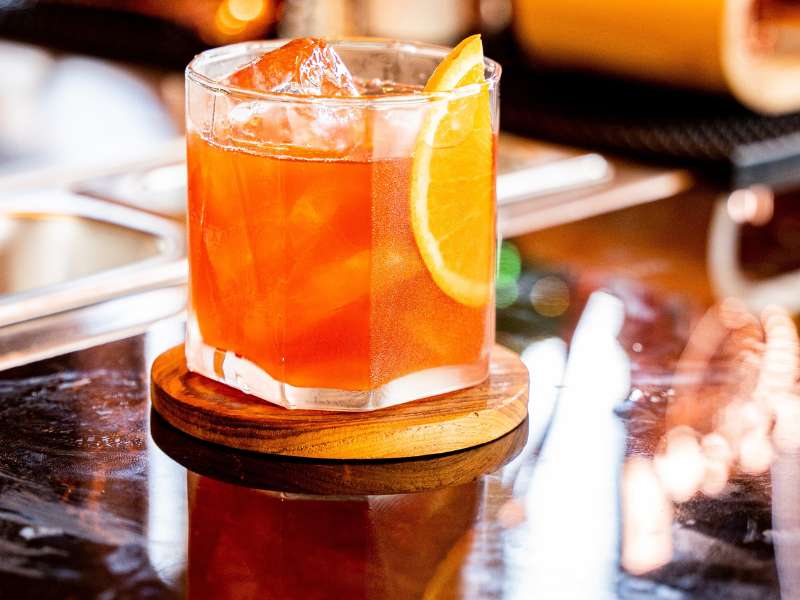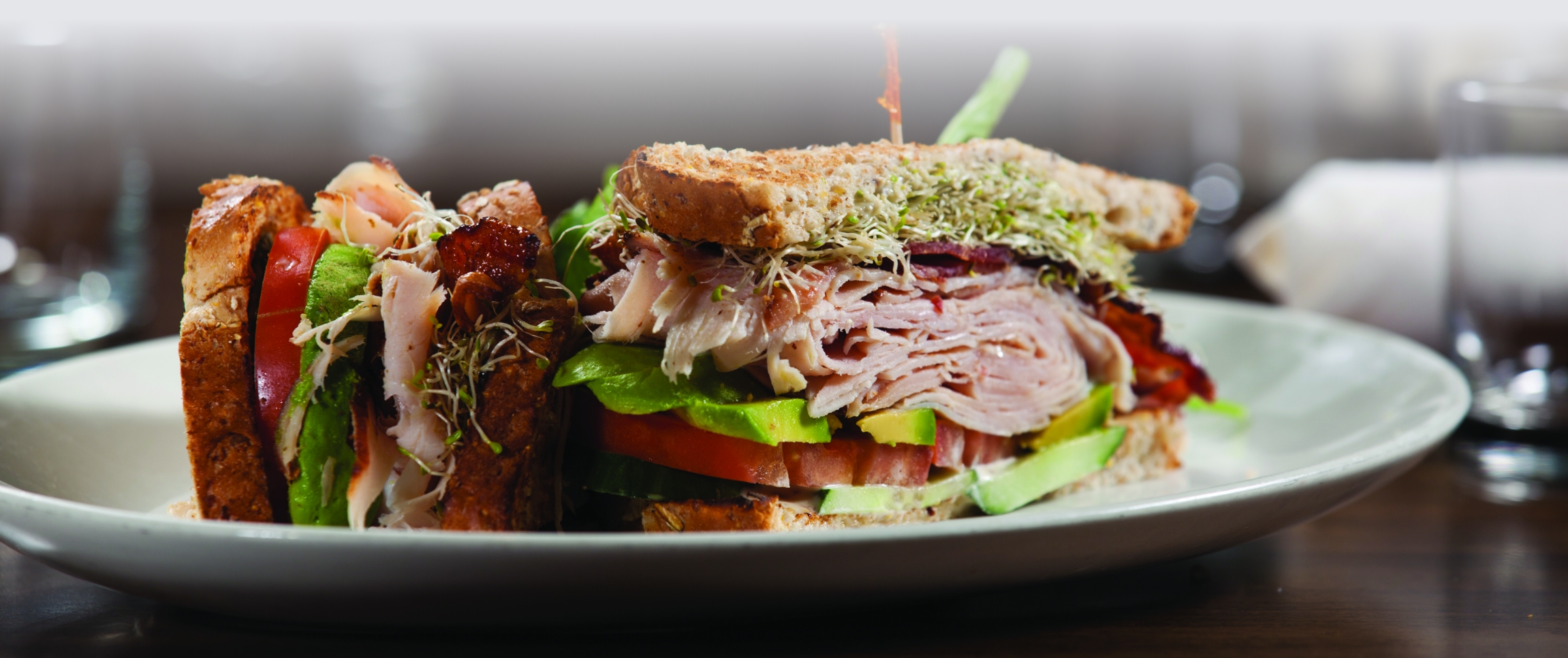On the outside of his office door, Chef Anthony Bussiere has a sign bearing his sandwich-making mantra: “Start with the best ingredients and then get the right price.”
The Performance Foodservice corporate executive chef out of Augusta, Maine has been building spectacular sammies for more than 40 years, going back to when he worked at a sandwich restaurant that featured a whopping 110 unique varieties.
“Nowadays, you don’t want to overwhelm your team with too many items,” he explained. “I think it’s really about looking at how your line is set up; what ingredients are you working with; what are you trying to accomplish for an end result?
“‘Cause, I can take turkey,” he said, “and make five different things with it, but I need to give my team the ability to execute — keeping it fresh, without getting too complicated.”
Bun Fun
For Chef Anthony, you sit down with a sandwich idea and determine the best way to make it work. “I can build a sandwich for right around three bucks, maybe $4, if I’m really stretching it,” he said. And so, you try and figure out, can I get $10-$12 for that sandwich, maybe $15 with a combo soda and chips?”
In the chef’s estimation, it starts with the uniqueness of the bread.
“You can have a Hot Honey Chicken or a BBQ sandwich and add layers of flavor to it, and the roll doesn’t have to be so big because the protein itself is going to be around 4-5 oz. I really look a lot at the overall profile and the versatility of what a bread can do.”
The chef is a big fan of the “everything” bagel bun, which as the name says, can do it all. Most brands come pre-sliced, with the versatility to shine across dayparts, especially breakfast. “There are also some tremendous Delancey Street Deli® Artisan Breads and Buns,” he explained. “Like this beautiful oblong roll — not too thick and not too thin. Crusty on the outside, soft on the inside. There’s a pull apart baguette too. You cut the [component sizes] in half. You fill it, pick it, and then you just cut it through the sections, and that can be something you use for grab-and-go or catering.”
He loves working with an ancient grain roll as well, “because the grains are already entrenched for burgers, there’s a nice grain profile on top, and it looks like you just made it back-of-house — really unique. It’s best when it sits on the counter for a while to thaw and then it’s buttered and grilled properly, right? Because some of those oils and flavors have to come out.”
Deck It Out
As far as the components, “It’s those quality ingredients first and foremost,” the chef advised. “Some of the really crunchy Peak Fresh Produce® that we have can give [the sandwich] height without adding a lot of cost.
“And then the spread is that unique component. We have a Piancone® Roasted Red Pepper Dressing that I love to use. It’s a dipping sauce and it’s a sandwich spread. I can put thinly sliced Delancey Street Roast Beef, pepper jack cheese, arugula, and that spread on there, put it on a ciabatta roll, panini the hell out of it,” he said laughing, “and it’s going to be nice. Great sauce, hot outside, soft interior — and it’s got lots of flavor with the red pepper, horseradish, and garlic.
“You can do a General Tso’s Chicken Sandwich, using the same chicken that I use for like five other things,” he said smiling. “Just dip the chicken in General Tso’s sauce with the sesame seeds, add scallions, put fried onion petals on the bottom.
“I make a great chimichurri aioli and people are like, how do you do that? Well, I take a readymade chimichurri sauce and mix it with mayo, sour cream, or Greek yogurt.”
The chef suggests making a Chimichurri Mango Salsa with diced mangos, tomatoes, and caramelized red onions. “And again, you don’t need to make your chimichurri from scratch,” Chef Anthony emphasized.
Sam-Wow!
A big part of sandwich success is building mystique. The chef recalled ordering a special burger at a dinner in Portland, Maine several years back.
“I still remember all the components of that burger, because it was $20, and it was the first time I ever ordered a $20 burger. It was on a beautiful roll; it was nice and crusty; it was well-buttered. It had foie gras, pecan wood-smoked bacon, and this beautiful cherry compote on a fresh bed of arugula and roasted tomatoes. And it was just a 6-oz. burger with a bunch of cool, unique stuff — a side of black truffle sea salt fries. But, I saw it on the menu and went that’s what I want, because it sounded so good.”
Chef Anthony recently consulted with a restaurant looking to add a vegetarian sandwich to their menu.
“There’s a vendor that makes a kelp burger. Pretty interesting, right? Just with seaweed and pesto, and it smells really good. And the 3-plus-oz. patty doesn’t vary at all in size, because it doesn’t shrink like beef. So, I put in on a black-and-white sesame seed roll. I used the Piancone Roasted Red Pepper Dressing — put it on a bed of little leaf lettuce and tomatoes. And [the restaurant] tasted it and went ‘That’s going to be on our menu.’ It solved all of their issues looking for that unique, coastal veggie burger.
“You know, restaurants want to be profitable,” he continued. “They wanna turn tables quickly. They wanna build the best, most efficient sandwich they can to keep people coming back. Create a simple concept of what you want to do, that reflects your brand, and you will be able to get revenue out of that.”



